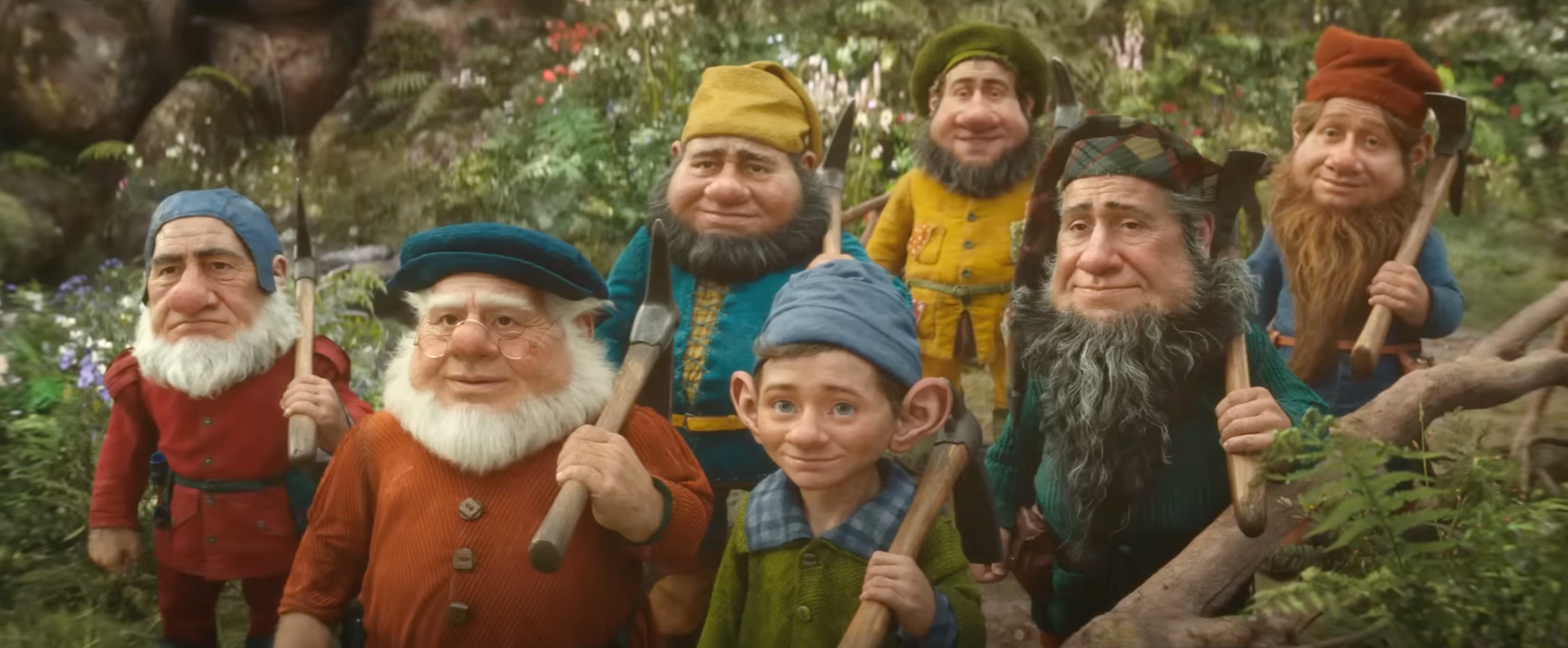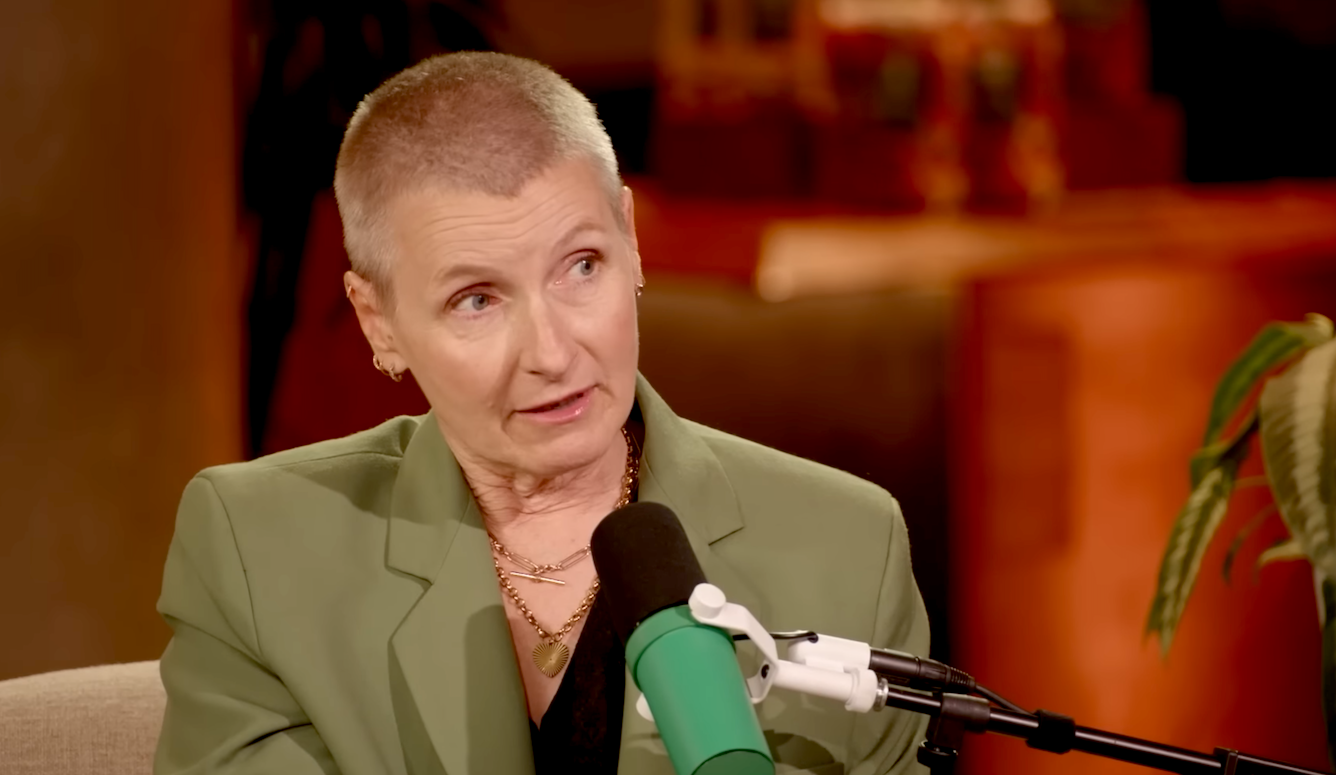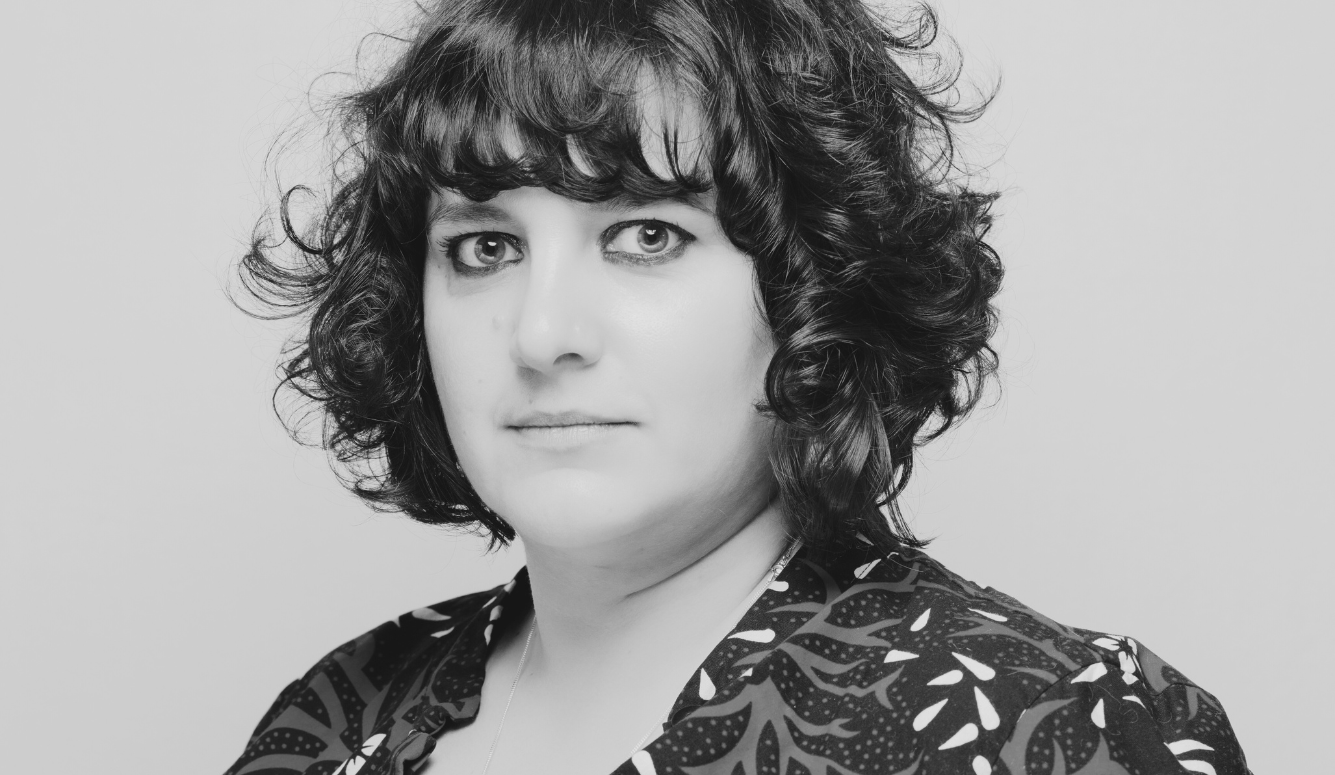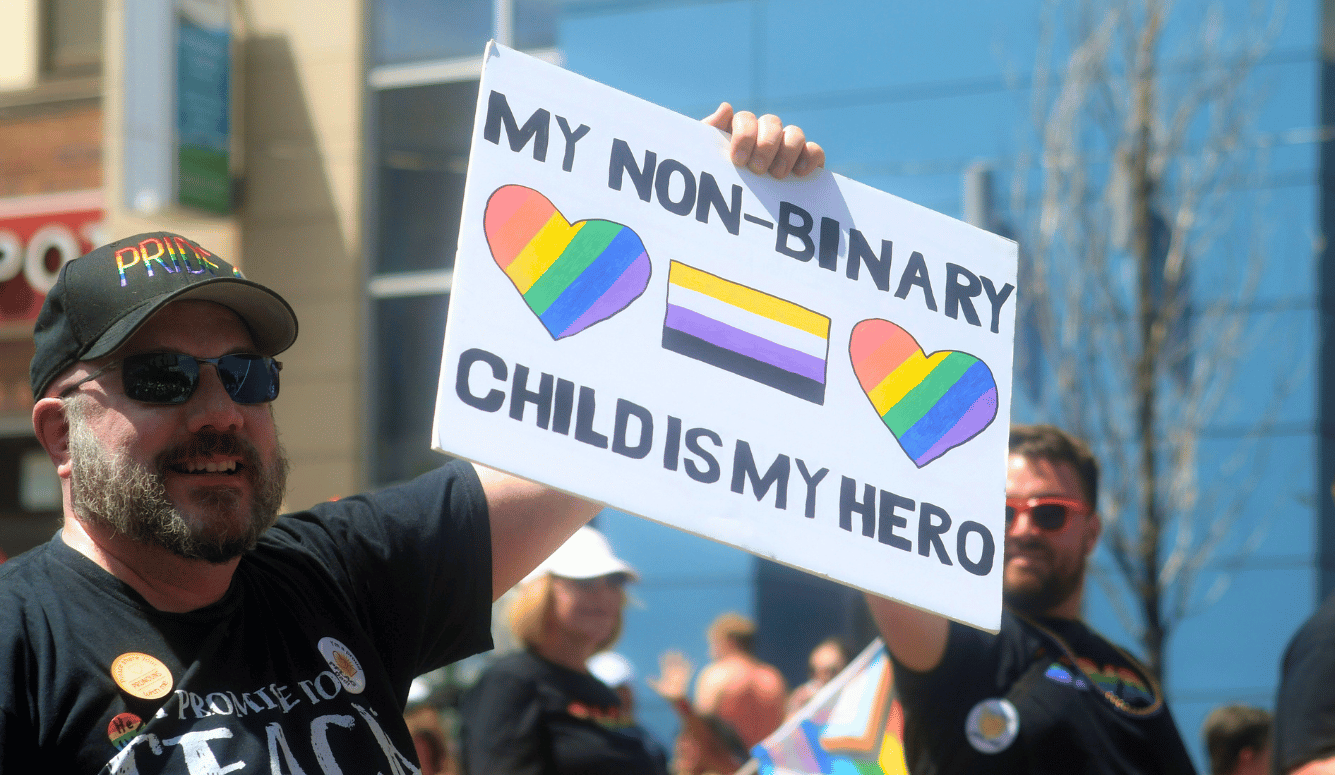Art and Culture
It’s No Longer 1937...
Disney’s awful new Snow White adaptation fails to recreate or even understand the story it is trying to tell.

I.
The Disney company’s 2025 live-action version of Snow White is just as terrible as nearly everyone says it is. The film has attained an abysmal score of 1.7 on IMDb from 360k ratings and 2.2k reviews (although the site warns, “Our rating mechanism has detected unusual voting activity on this title.”) At Rotten Tomatoes, meanwhile, the film has racked up a more generous audience score of 71 percent and a critics’ score of forty percent (although many of the positive reviews are of the “not quite as terrible as you have heard” variety). The upshot has been an eye-wateringly expensive box-office flop as well as a critical disaster. Disney’s animated 1937 adaptation of the Grimm brothers’ fairy tale—the first animated feature film ever made—remains a beloved classic (7.1 on IMDb nearly ninety years after it was released, and no unusual voting activity flagged). So how did Disney manage to take a bankable property and produce something this bad?
The new Snow White is bad because, while its 24-year-old lead, Rachel Zegler, is a decent singer, she can’t act very well and she’s been woefully miscast—probably because she is half-Latina and thus qualified the movie for post-#OscarsSoWhite “representation and inclusion” points. (With a Peruvian mother, I’m half-Latina myself, so why didn’t someone ask me to play Snow White?) In Disney’s animated 1937 version (titled Snow White and the Seven Dwarfs), our heroine was a sweet and cheery innocent, but Zegler’s character has been rewritten as a Mary Sue girlboss who shows off what a smartypants she is by reciting all the dwarfs’ names in reverse alphabetical order upon being introduced to them. And instead of cleaning their house in return for their hospitality, she makes them do their own cleanup. It’s “Whistle While You Work” for thee, but not for me. If you found yourself hoping that this obnoxious know-it-all would remain dead after biting into the poisoned apple, you were not alone.
The new Snow White is bad because the seven dwarfs are crudely rendered CGI motion-capture creations. They look less like the Doc, Grumpy, and co. we fondly remember than what one critic described as “garden gnomes.” Unlike the 1937 cartoon originals with their seven distinctive comic personalities, the new uncanny-valley dwarfs are difficult to tell apart, except for Dopey, who looks like Alfred E. Neuman in a medieval hat. (The new Snow White, by the way, won’t even let Dopey be Dopey; he has to have a lugubrious back story in which he doesn’t speak because he’s “afraid.”)

The “gee thanks” for this visual and conceptual travesty goes to Peter Dinklage, who decreed that simply casting a Latina was not satisfactory. “You’re progressive in one way,” he griped during an appearance on the WTF podcast, “but then you’re still making that fucking backward story about seven dwarfs living in a cave together? What the fuck are you doing, man? Have I done nothing to advance the cause from my soapbox? I guess I’m not loud enough.” Panicky Disney executives immediately issued a statement to the Hollywood Reporter, in which they reassured everyone, “To avoid reinforcing stereotypes from the original animated film, we are taking a different approach with these seven characters and have been consulting with members of the dwarfism community.”





